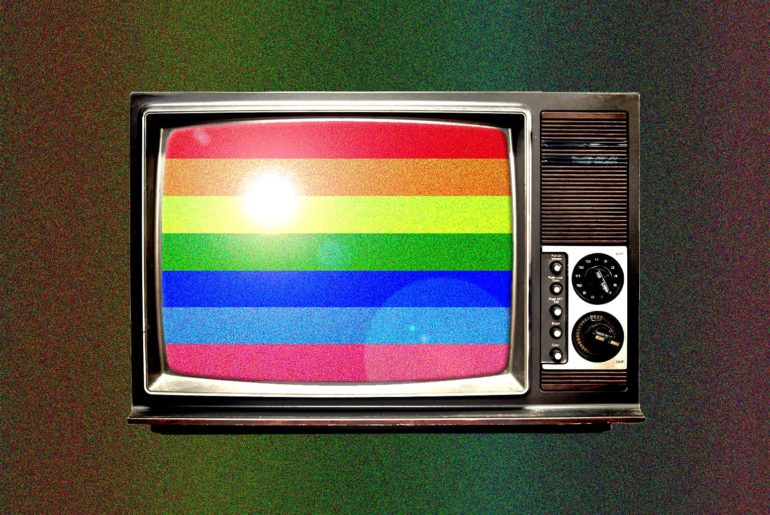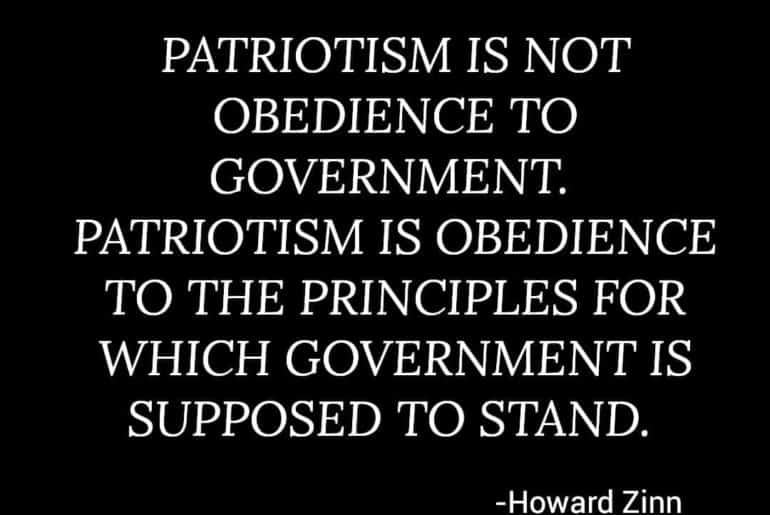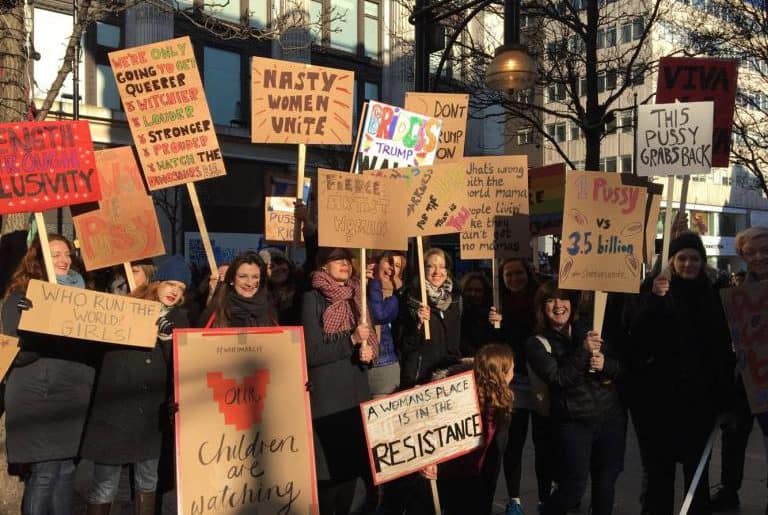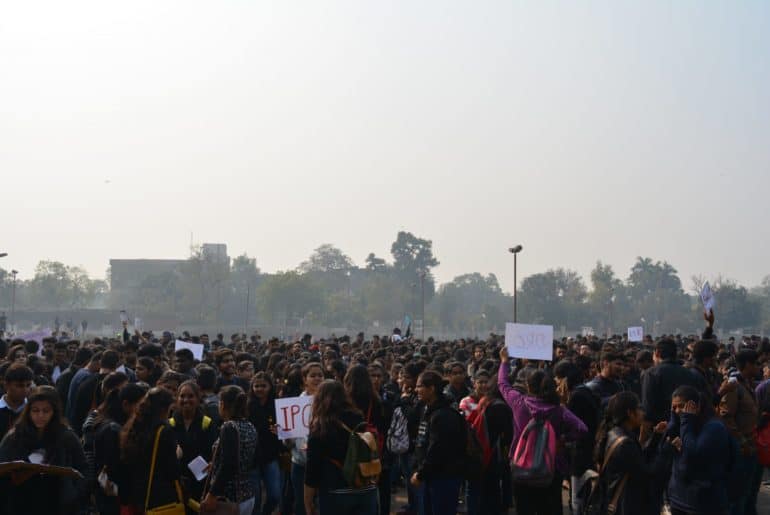With due apologies to Charles Dickens, the time has come to tell a A Tale of Two Stereotypes of Students-Medicos and Non Medicos, or a Maulanian and an ideal Delhi University student. The opening of the Tale of Two Cities sounds eerily contemporaneous: “It was the best of times, it was the worst of times- it was the age of masti and friendship, it was the age of seriousness and studies, it was the epoch of belief, it was the epoch of incredulity; it was the season of dillagi, it was the season of exams; it was the spring of fun, it was the winter of tutorials..”
Although they are a part of one of the most coveted and happening universities of the county, that is, Delhi University, medical colleges like Maulana Azad Medical College have always been treated as a hub of bespectacled Homo Medicus. We have often been looked upon as boring nerds. Maybe the dreadful sizes of our books and our never ending medical talks, which are not even comprehensible to our non-medical friends, justifies it to a point. But don’t judge this book by its cover.
The intricacies of a life of a medico can’t be described in words – one second you are cutting open the chest of a person, and their relatives thank you for saving their life, and in another second you are partying hard with your friends at the most happening location in the city. The transition isn’t as smooth as it seems.When bones break, organs burst and flesh tears, we can sew the flesh, repair the damage and ease the pain. But when life breaks down, there are no hard and fast rules. We just have to feel our way through.
Often branded as extraordinary amalgamations of grey matter, Maulanians are not the same as they were when they first entered the college.This place has a charm which leads to the evolution of everyone in its premises. Welcome to the first hand experiences of medicos – where through the years, we not only grow as humans, but also into distinct entities.
The first day of transition of a student into a ‘med student’ is marked by putting on a white coat and taking selfies with it. 1st year is all about getting to know a human being- not philosophically, but biologically. Mind you again, it is not introspection, it is dissection! This is the period where the seed of passion for truly learning medicine is sown. 2nd of MBBS is a crucial time, wherein you start becoming a budding doctor. It is real patients with real diseases and real drugs to give them. It is the addition of the stethoscope to your attire. This is the time where something as little as a running nose or headache can make you think of all the possible causes and complications of the same. You leave nothing from consideration – seasonal viral or tuberculosis or even cancer! You are your own first patient. Even the first lubb-dubb heard on the stethoscope is first your own, and a normal heartbeat gradually becomes the favourite melody of a physician. The last two years are countless hours spent taking histories of our patients – running our brain endlessly to figure out what went wrong, and more importanly, ways to make it right. This is when we start forming long-term goals and considering post graduation and practice. It is also the time where we realise that doctors plays a much greater role in the society than just healing. It is realising that huge responsibilities rest upon our shoulders. Doesn’t sound fun, right?
However, this is a profession where our decisions directly impact someone’s quality of life, and sometimes even their existence. We may seem dangerously over-educated but there is another facet to our personality, a perception which is generally hidden and that only a few can look into. Just like a coin has 2 sides, so does our life. For it’s not all work and no play, and there’s a pretty good reason why we guys are a part of DU! The adrenaline rush of walking into a medical college was not all in vain. Yes, the endless torrent of exams does confine to the library for long hours, but that doesn’t keep us from partying once it’s over. The hours of our ‘formalin laden’ dissection hall prove to be the foundation of the strongest relationships (believe it or not!) You may get high by those round the clock booze parties, but for us, just an acquaintance asking for some medical advice seems to suffice. We may be cut off from the rest of DU, but our celebrations engender envy even in the wildest of parties. Agreed, we have to read fat books, undergo ward rotations, are caught up in serious attendance issues, and above all, try to pass our exams with a legible handwriting. Finding time for non medico friends is a challenge itself. But we are courageous enough to follow our dreams into the storms they takes us to.
We still paint when we come back from classes, watch all the latest TV series and movies.We watch House MD with the same interest as we watch Suits.We can talk about the episode of F.R.I.E.N.D.S in just a timespan of 2 mins after it begins. We groove to Honey Singh’s and Badshah’s latest tracks, BYD is among our favourite hangouts, we do flock Mystery Rooms, and indulge in late night parties and night outs. We even sneak out of the lectures through a proxy and also have the gossip mongers who keep on entertaining us with the latest updates around the campus.
True, a stethoscope around the neck and the trust of a patient entail a humongous responsibility on our shoulders. But, as we live up to that, we work hard and party harder. We leave no inch of Delhi unvisited, no pubs untouched and at the same time, no tasks unattended. For life doesn’t always give you a second chance. Being a medical student involves working hard, but just like our counterparts of DU, it is nothing short of a roller-coaster. There are plenty of off-putting myths about being a medical student, but in reality it’s enjoyable and highly rewarding, especially in light of what we are working towards. Often people cannot think of a single reason why we should follow such a struggle, but they can think of a thousand reasons why we should quit. The thing is, things are made harder for us on purpose. There are lives in our hands. There comes a moment when it’s more than just a game, and you either take that step forward or turn around and walk away. We could quit, but here’s the thing- we love the playing field.
Proud to be a Maulanian!
Featured Image: bostinno.streetwise.co
Guest Post by the students of Maulana Azad Medical College




















